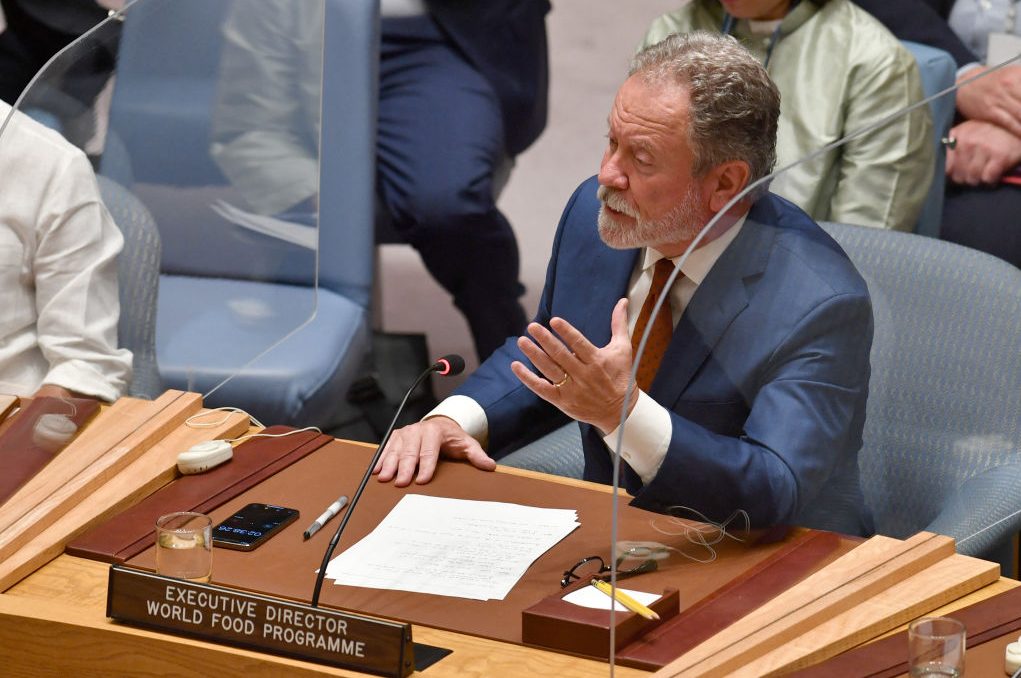David Beasely, head of the UN’s World Food Program, has said that 350 million people are at risk of hunger and 50 million are “knocking at famine’s door.” Cockburn sees this as a serious humanitarian issue, which is why he is also concerned about the UN’s growing messaging problem. For years, the UN has raised the alarm about impending famines, but in most cases — either because of its efforts or other factors — such catastrophes have not yet come to pass. This is excellent news, and speaks to the skill and dedication of aid workers both in the UN and beyond — but it also risks creating the false impression of crying wolf.
Since the US withdrew in 2021, Afghanistan has been in a dire state. In the fall and winter of 2021, the UN said that about 55 percent of the Afghan population was “facing extreme levels of hunger.” Beasely said that “funding commitments must turn into hard cash, and the international community must come together to address this crisis, which is fast spinning out of control.” While by spring it was improving, there were still “unprecedented levels” of hunger, and by winter there were warnings of famine again. Come March 2023, the UN was saying that 6 million Afghanis were “one step away from famine.”
Yemen has been in the throes of civil war and foreign intervention for years now, and has been ground zero for some of the most severe food crises. In 2017, the UN said that Yemen could become “the largest famine the world has seen for many decades” due to the war. By 2021, Beasely stated that “we’re literally looking at 16 million people marching towards starvation.” While that number decreased slightly by February 2022, 13 million were still in need of significant food aid. Resources for the WFP, however, were running low. “We may be cutting those [aid for Yemenis] down to zero,” Beasely said, “What do you think will happen? People will die. It will be catastrophic.” In March 2022, the numbers — particularly those facing famine — worsened, and Beasely had an urgent warning: “These harrowing figures confirm that we are on a countdown to catastrophe in Yemen and we are almost out of time to avoid it.” The crisis has not abated in 2023.
Somalia has faced humanitarian crises for decades, and in 2011 saw a famine that killed about 260,000. In 2017, the United Nations sounded the alarm over an increasing risk of famine in the country, with 6 million Somalis under serious threat. The number of those facing famine grew by a factor of ten by 2018. One UN official said that “If we do not continue to save lives and in parallel build resilience, then we have only delayed a famine, not prevented one.” In 2019, things were not any better, and the UN’s Mark Lowcock said that if the global community did not step up aid, it would “see the horror unfolding.” The situation remained horrendous in September 2022, when the UN said that without enough aid, “large scale deaths from hunger” were possible and that “as many as four children or two adults per 10,000 people, will die every day.” Predictions from December have Somalia sitting on the edge of famine in 2023 as well.
The humanitarian crises occurring in these and many other locations are devastating. Help is desperately needed, but the resources for the WFP and other important aid programs are slim. Cockburn’s concern is that the severe rhetoric — even though warranted — might create a sense of complacency in the public. As catastrophes continue to be (thankfully) avoided, it will appear to the casual observer that the warnings of disaster were exaggerated. This could also present a public relations problem in countries where international involvement and providing aid are controversial.
It’s a tough problem to solve, because the pessimistic framing is both broadly true and has proven necessary to get the funds to save lives. Nonetheless, to ensure the longevity of aid for the millions in need, a creative change may be critical — or maybe countries could increase their support before a crisis is just over the horizon.





















